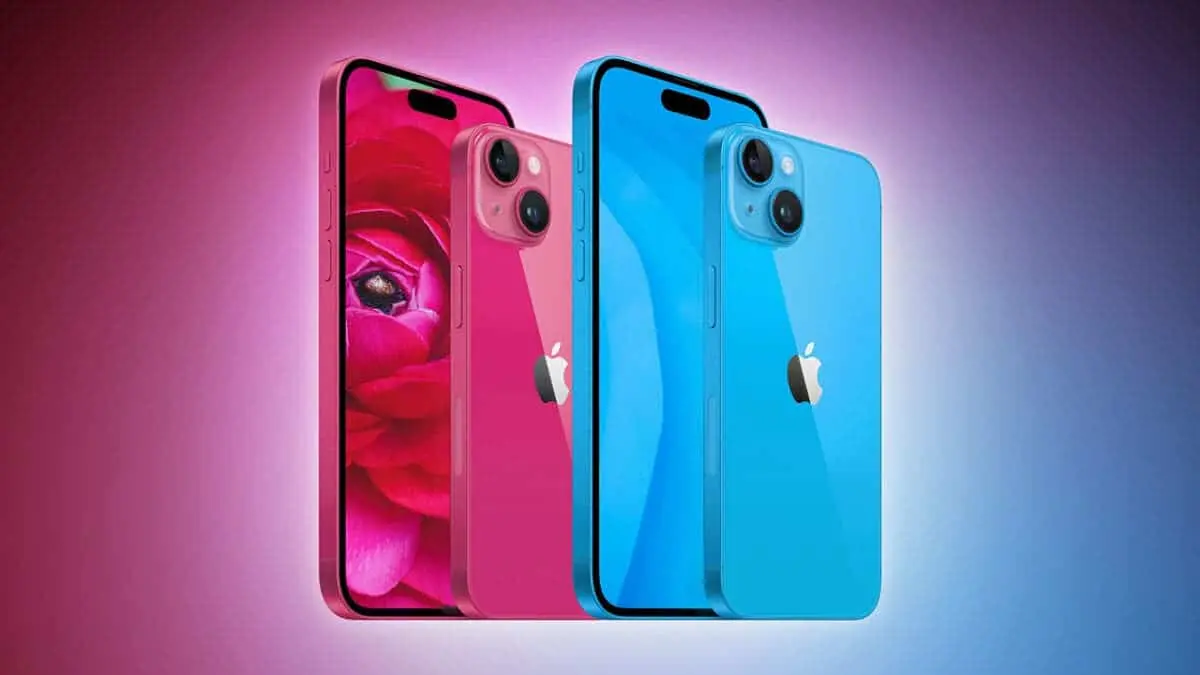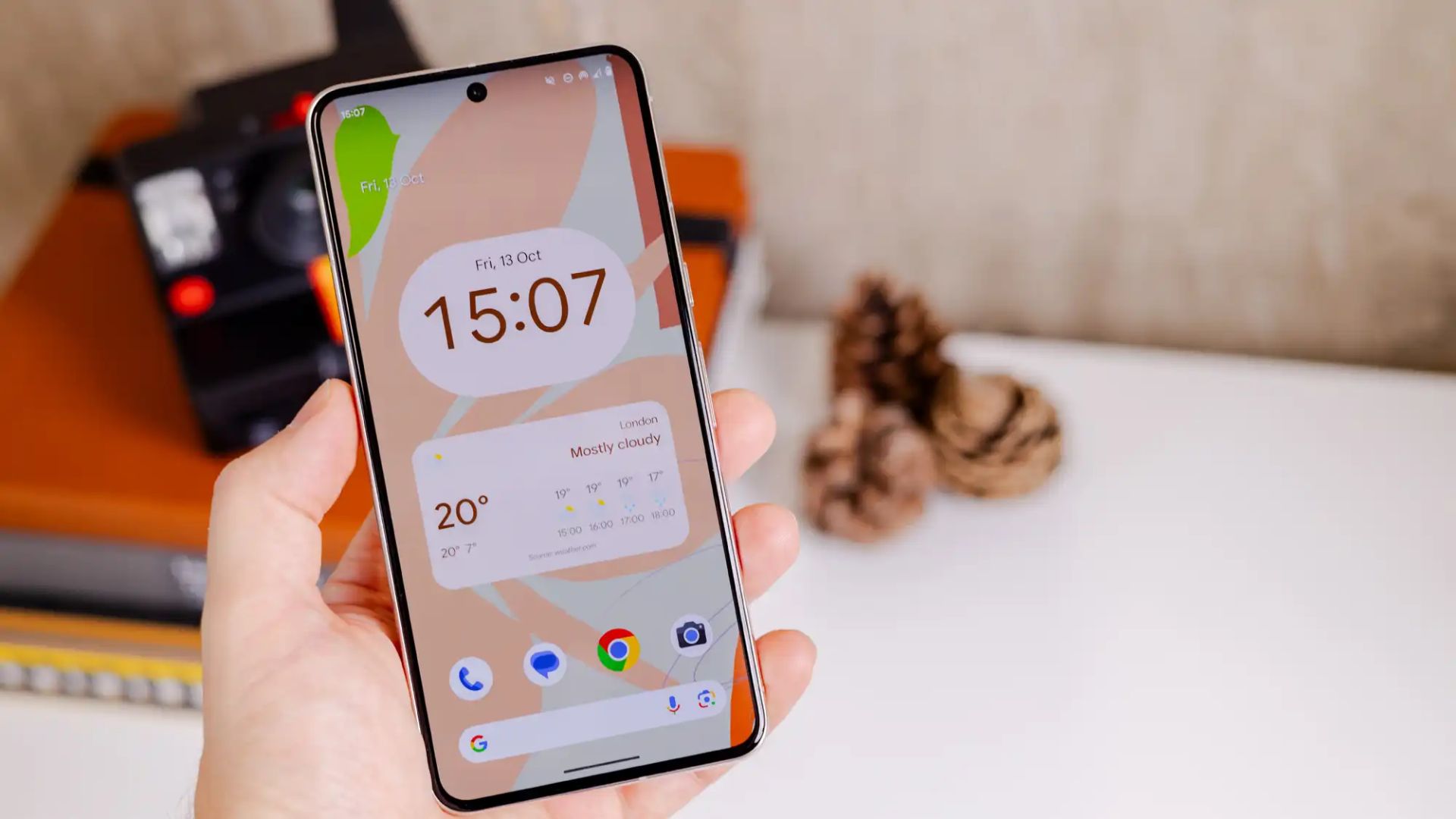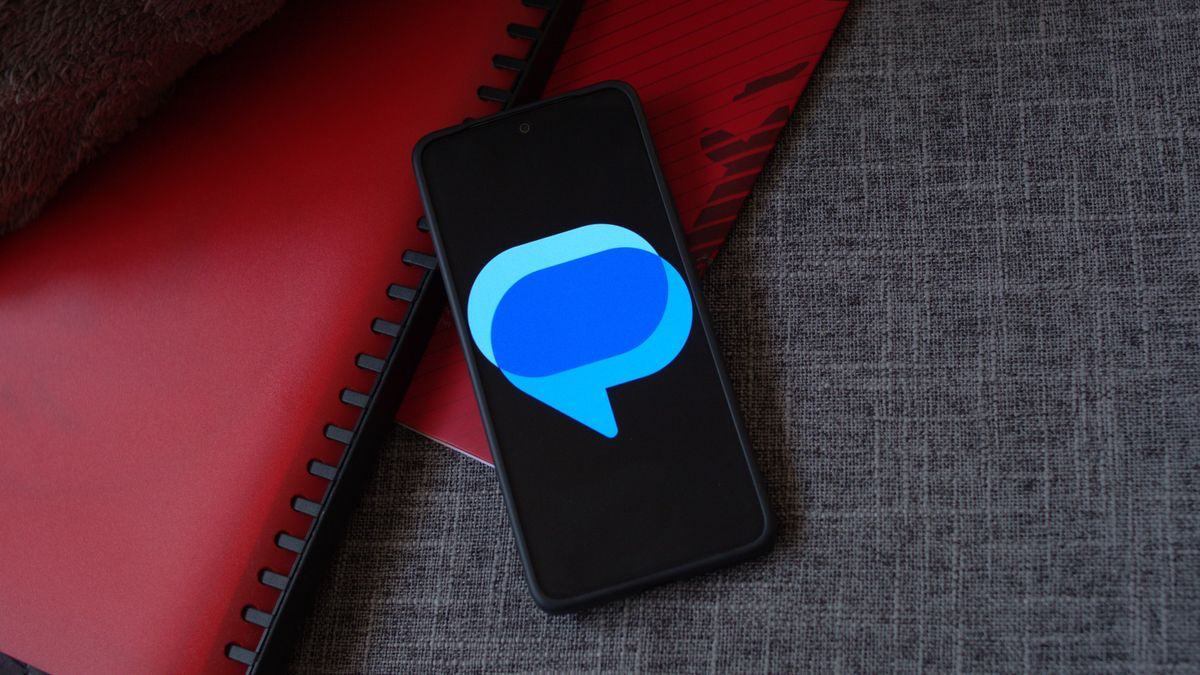In the ever-evolving world of mobile operating systems, the adoption rates of new versions are closely watched as indicators of user acceptance and the effectiveness of new features introduced by developers. For Apple’s latest operating system updates, the story is mixed. iOS 17’s adoption rate has not matched the pace set by its predecessor, iOS 16, among iPhone users. However, the uptake of iPadOS 17 on iPads has surpassed that of iPadOS 16, revealing interesting trends in user behavior across different Apple devices.
Key Highlights:
-
- iOS 17 adoption lags behind the pace of iOS 16 among iPhone users.
- iPadOS 17 sees higher adoption rates compared to iPadOS 16 at the same point in their release cycles.
- The slower adoption of iOS 17 suggests varying user satisfaction or awareness of new features.
- The increased uptake of iPadOS 17 indicates a positive response from iPad users to the latest updates.

iOS 17 Adoption: A Closer Look
Apple‘s iOS 17, released in September 2023, introduced a range of new features aimed at enhancing user experience, privacy, and functionality. Despite these improvements, the adoption rate of iOS 17 has been slower than that of iOS 16. As of February 2024, 76% of iPhone models introduced in the last four years are running iOS 17, a slight decrease from the 81% adoption rate iOS 16 boasted at a similar point in its lifecycle.
iPadOS 17 Outpaces Predecessor
Conversely, iPadOS 17 has seen a more favorable response from users. Currently installed on 61% of iPads introduced in the last four years, iPadOS 17’s adoption rate exceeds that of iPadOS 16 during the same timeframe, demonstrating a more enthusiastic uptake of the latest iPad operating system.
Factors Influencing Adoption Rates
Several factors could be influencing these adoption rates. For iOS 17, the slower uptake might be attributed to user satisfaction with iOS 16, hesitancy to upgrade due to concerns over potential bugs, or lack of awareness about the new features offered by the latest version. On the other hand, the quicker adoption of iPadOS 17 could be driven by new functionalities that resonate well with iPad users, or perhaps a smoother upgrade process.
The iPadOS 17 Success Story
In contrast, iPadOS 17 has been more quickly adopted by iPad users. This could be attributed to several factors:
- Targeted Features: iPadOS 17 may have introduced features that are particularly appealing to iPad users, such as improved multitasking capabilities, new drawing and note-taking functionalities with the Apple Pencil, and perhaps enhancements that leverage the larger screen size of iPads more effectively.
- Educational and Professional Use: iPads are extensively used in educational and professional settings where staying updated could be more of a priority, driving quicker adoption of the latest OS.
The contrasting adoption rates of iOS 17 and iPadOS 17 highlight varied user engagement and satisfaction levels with Apple’s latest operating system updates. While iPhone users have been slower to adopt iOS 17 compared to the previous year’s update, iPad users have embraced iPadOS 17 more readily. This divergence underscores the importance for developers to tailor their updates to the specific needs and expectations of their device user bases. Understanding these trends is crucial for Apple and app developers as they continue to refine and evolve their operating systems in future releases.












